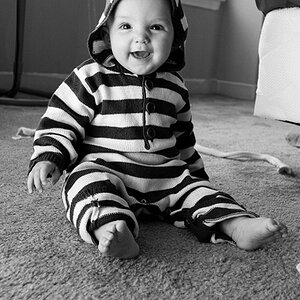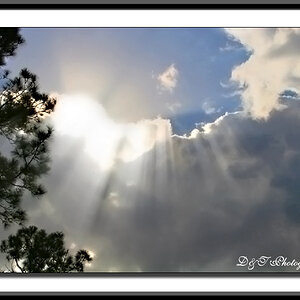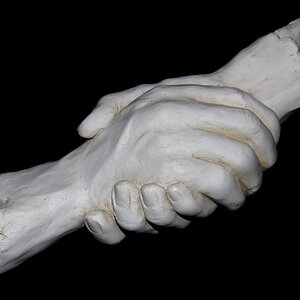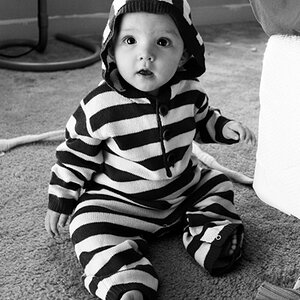JamesD
Between darkrooms
- Joined
- Mar 20, 2005
- Messages
- 1,053
- Reaction score
- 43
- Location
- Living in Snapshot reality.
- Can others edit my Photos
- Photos NOT OK to edit
I've push-processed a roll of ISO 100 film (TMX) three stops to 800 in accordance with Kodak's recommendations. I expected that with a three-stop push, the negatives would be of pretty high contrast, but as-is, printing them at grade-5 on multicontrast paper yields only about average scene contrast. The original scene was fairly contrasty, as well, and the overall effect I was going for was grain and contrast.
I'm a little disappointed. What I want to do is make the darks darker while not really affecting the lights.
Is there anything I can change in the print processing to increase the contrast further? I'm already using a #5 filter, and my standard printing process, 90 seconds in Dektol 1:2, 30 in indic. stop, and 3 minutes in the fix. Exposure is 30 seconds at f/8 on the enlarger.
I'm a little disappointed. What I want to do is make the darks darker while not really affecting the lights.
Is there anything I can change in the print processing to increase the contrast further? I'm already using a #5 filter, and my standard printing process, 90 seconds in Dektol 1:2, 30 in indic. stop, and 3 minutes in the fix. Exposure is 30 seconds at f/8 on the enlarger.


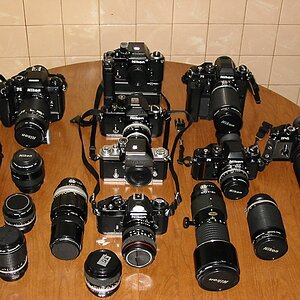
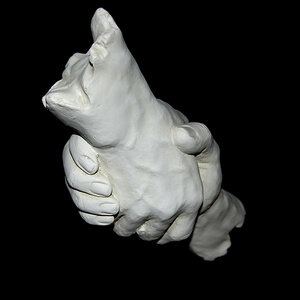
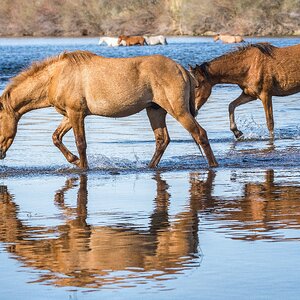
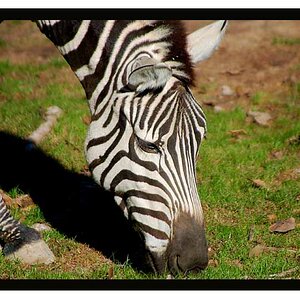
![[No title]](/data/xfmg/thumbnail/38/38261-db20f6f92ee8f0d4c5cf1536e308638b.jpg?1619738546)
![[No title]](/data/xfmg/thumbnail/30/30859-ec099dbef074432d32832fceb25cf539.jpg?1619734479)
![[No title]](/data/xfmg/thumbnail/30/30858-42113a4c092a5983afa30e5c35cce4d0.jpg?1619734478)
